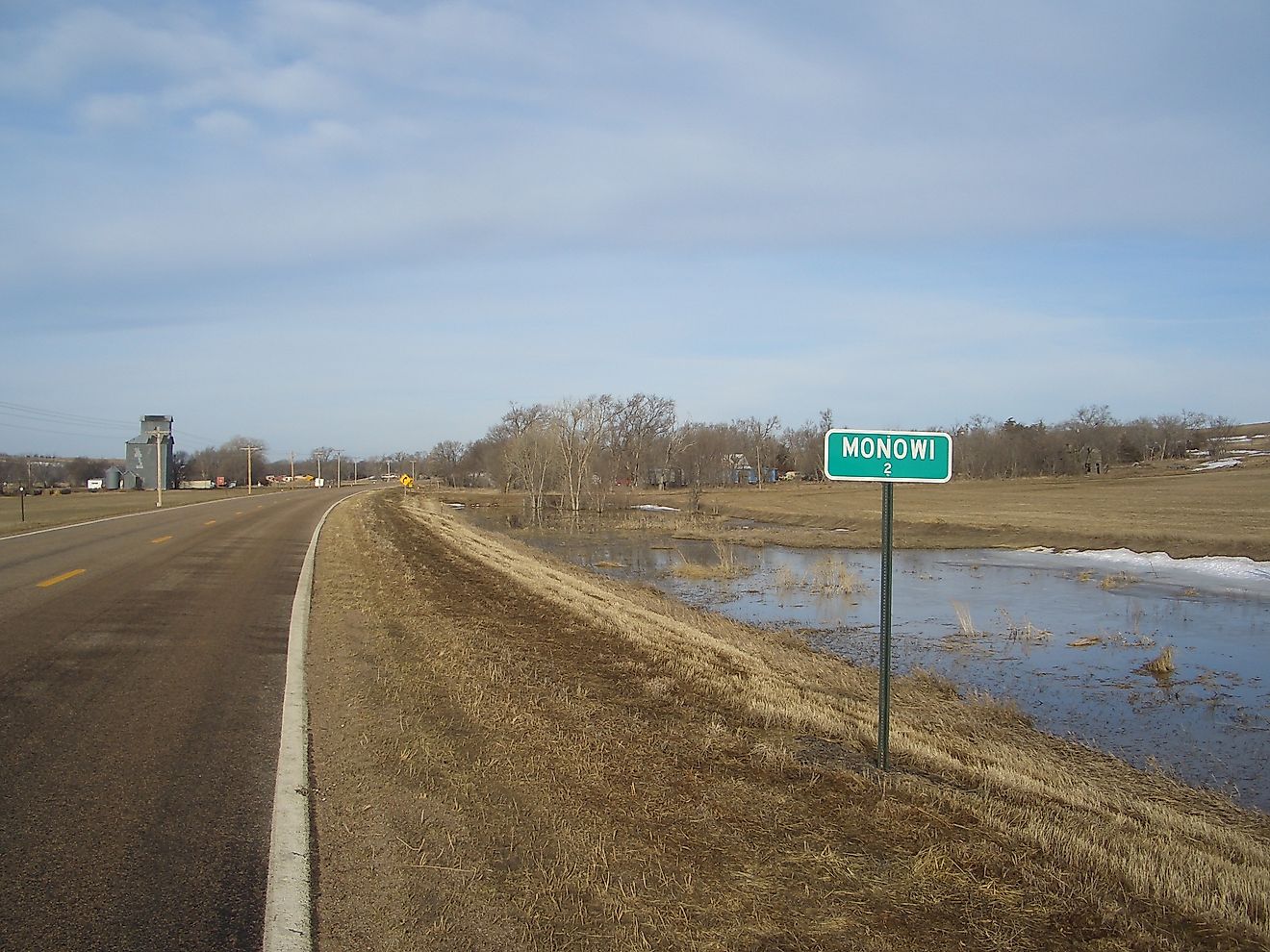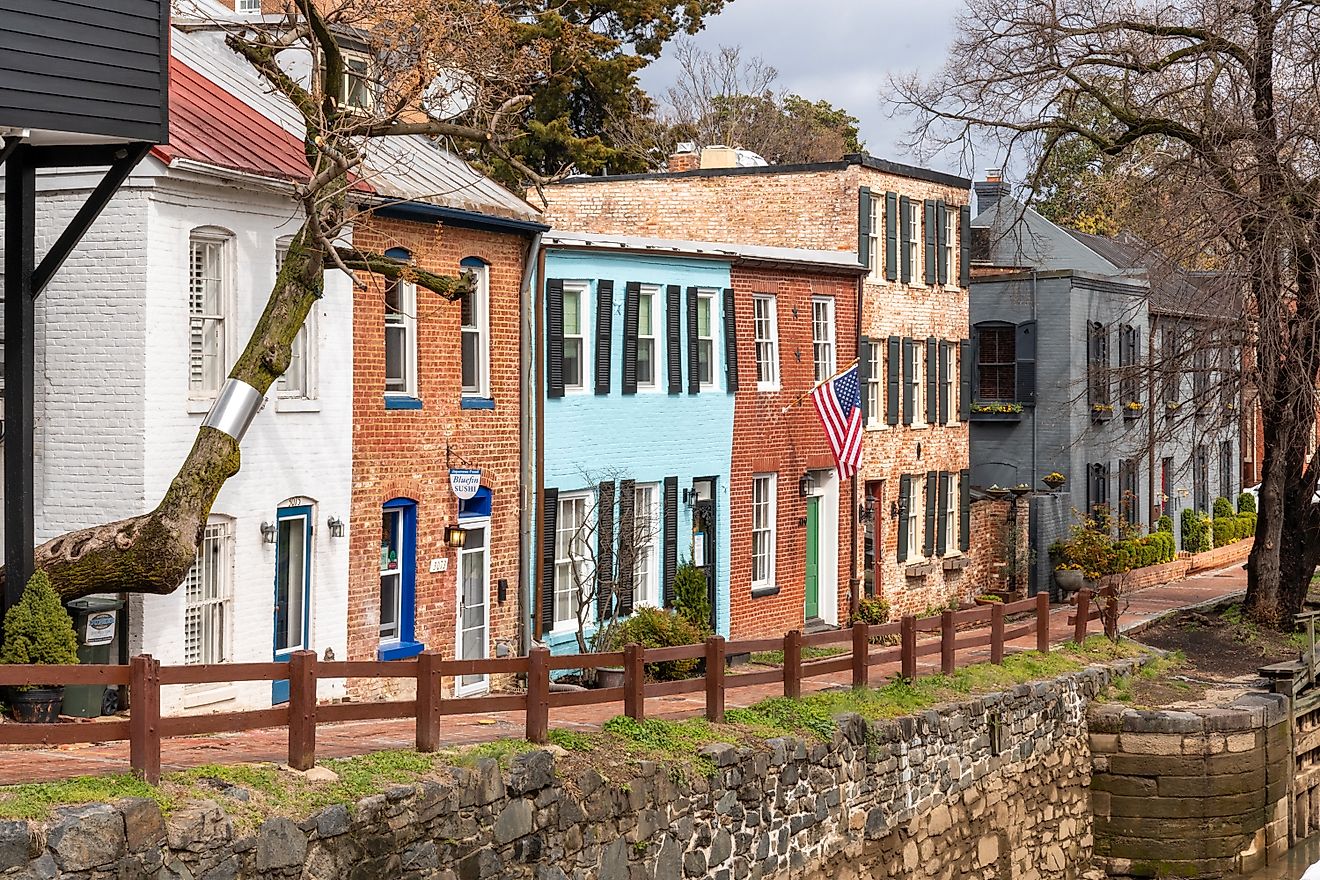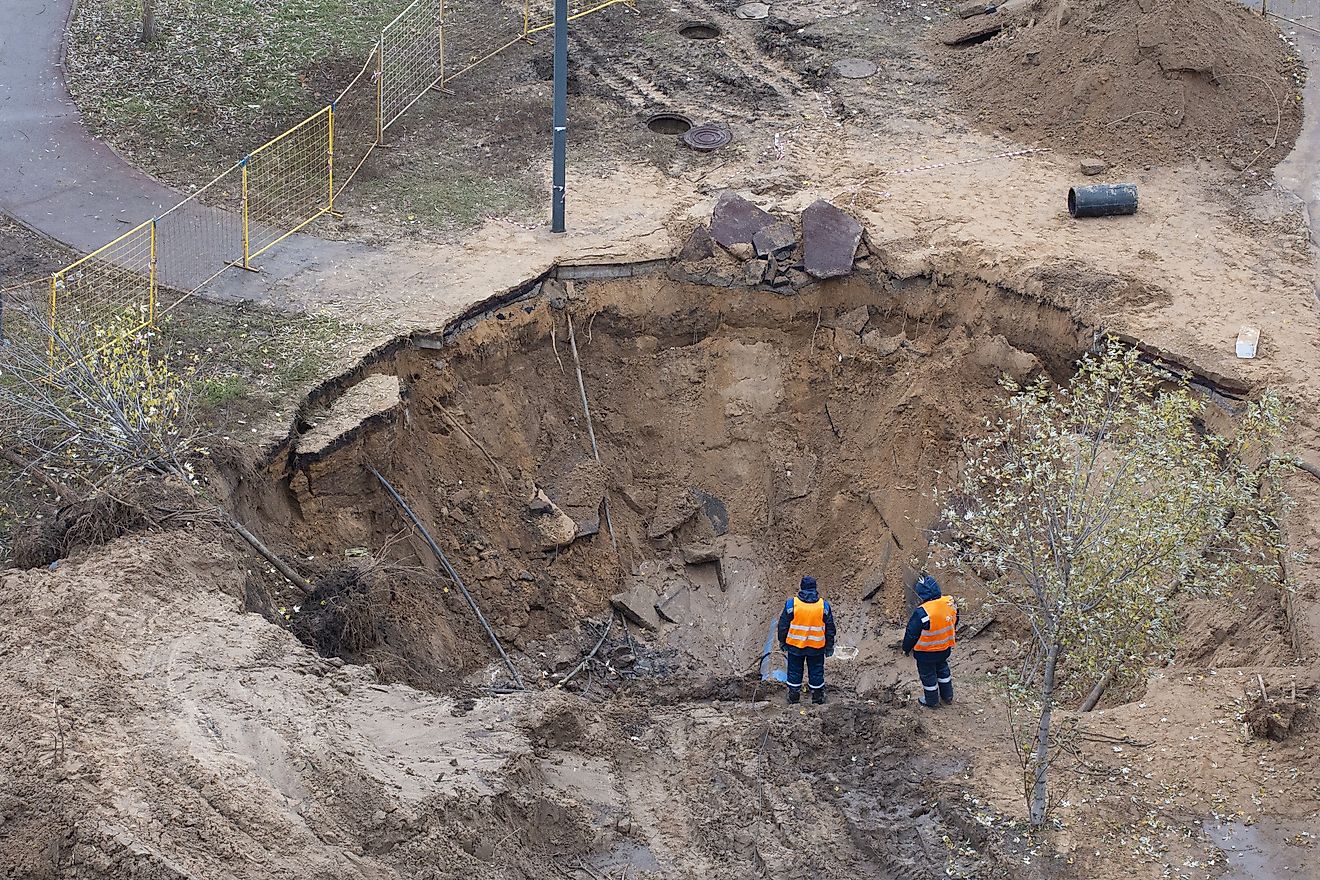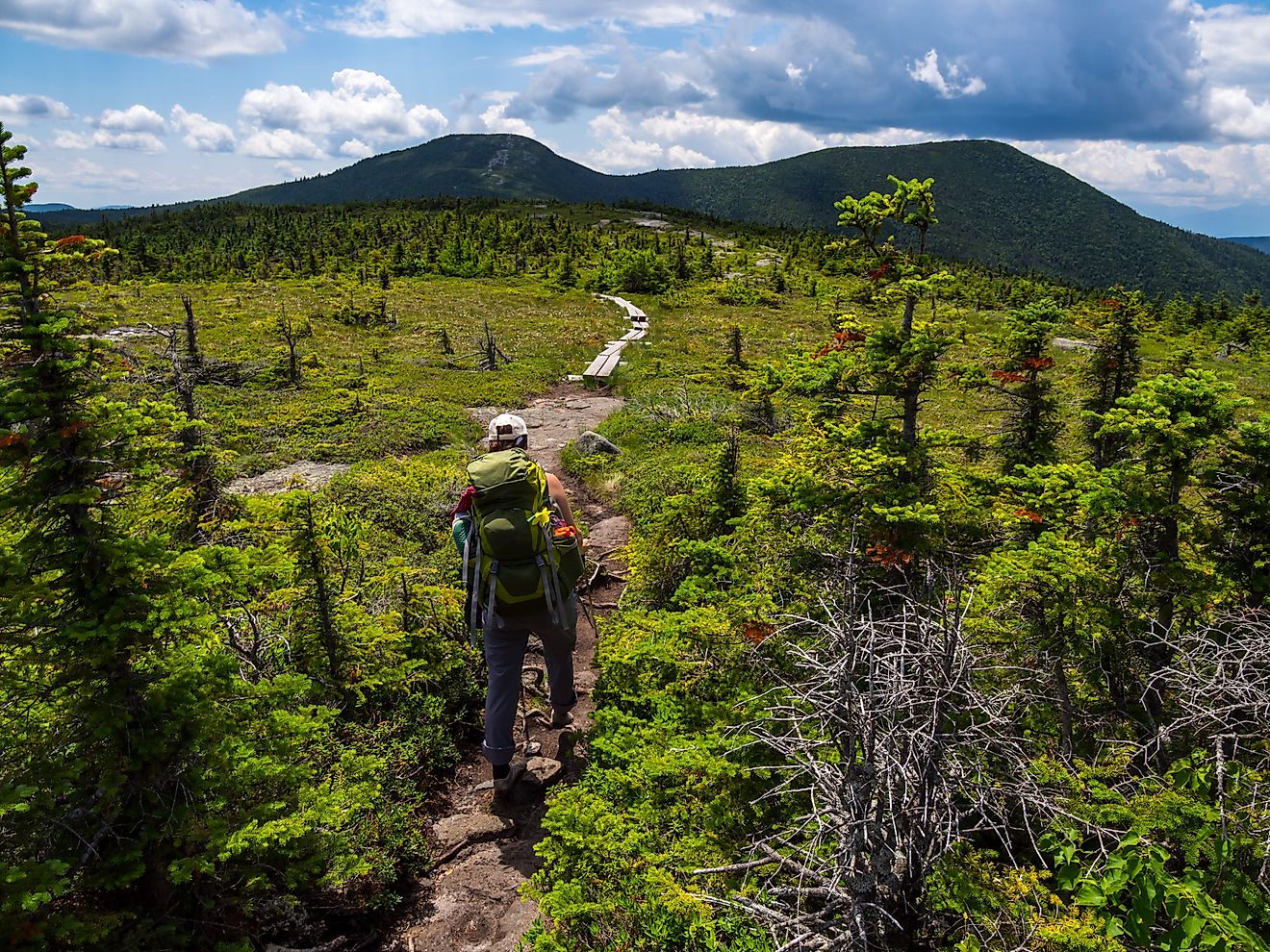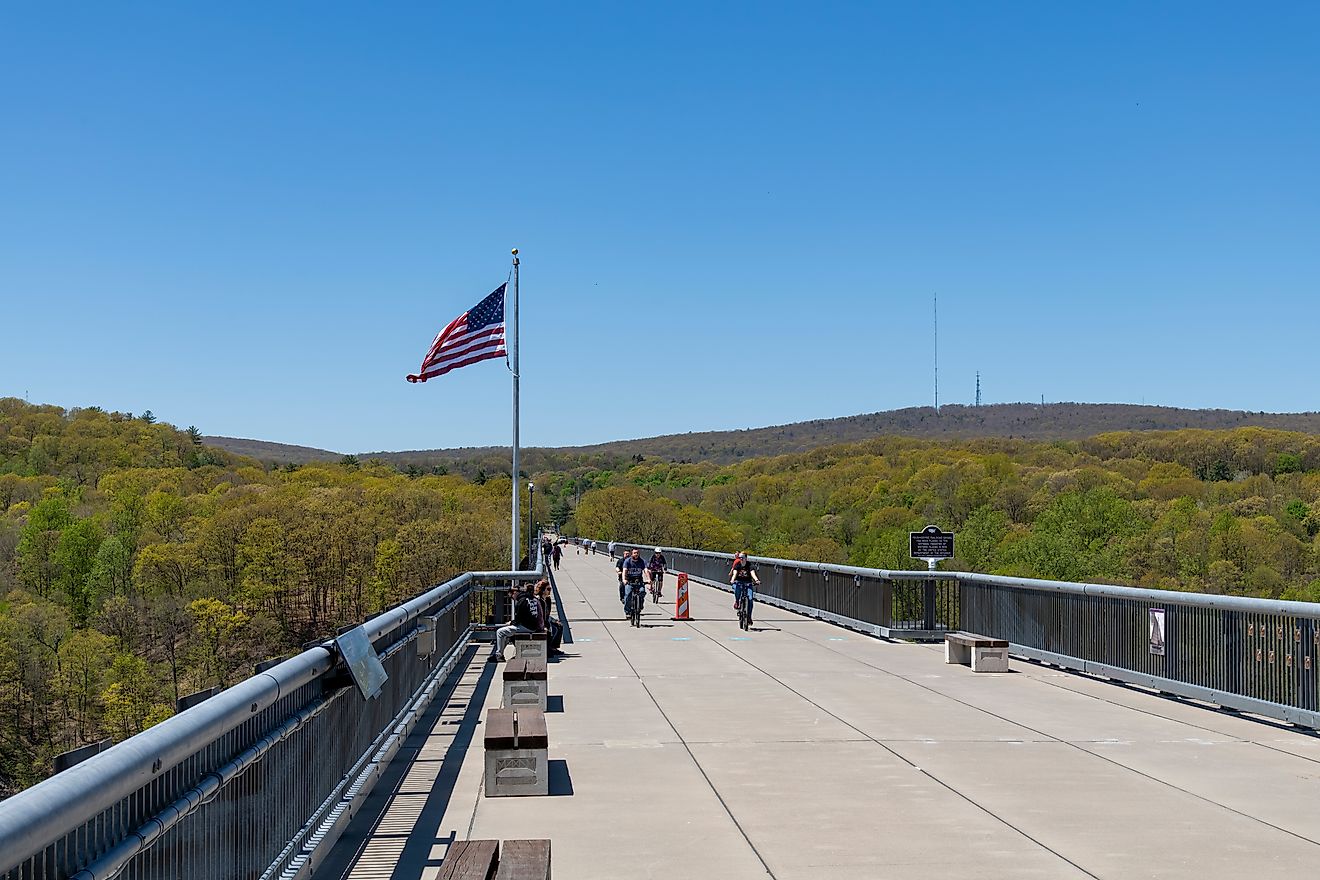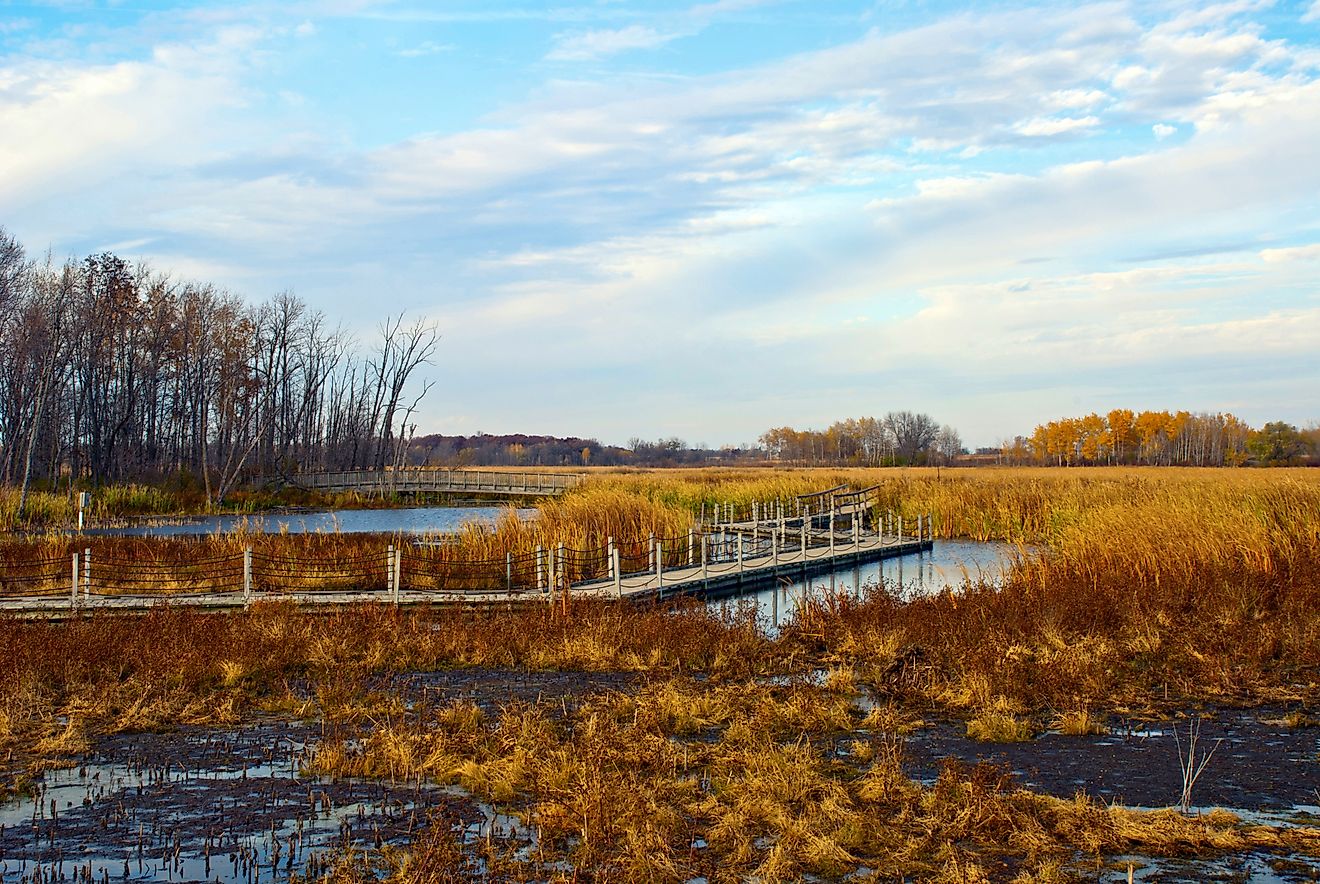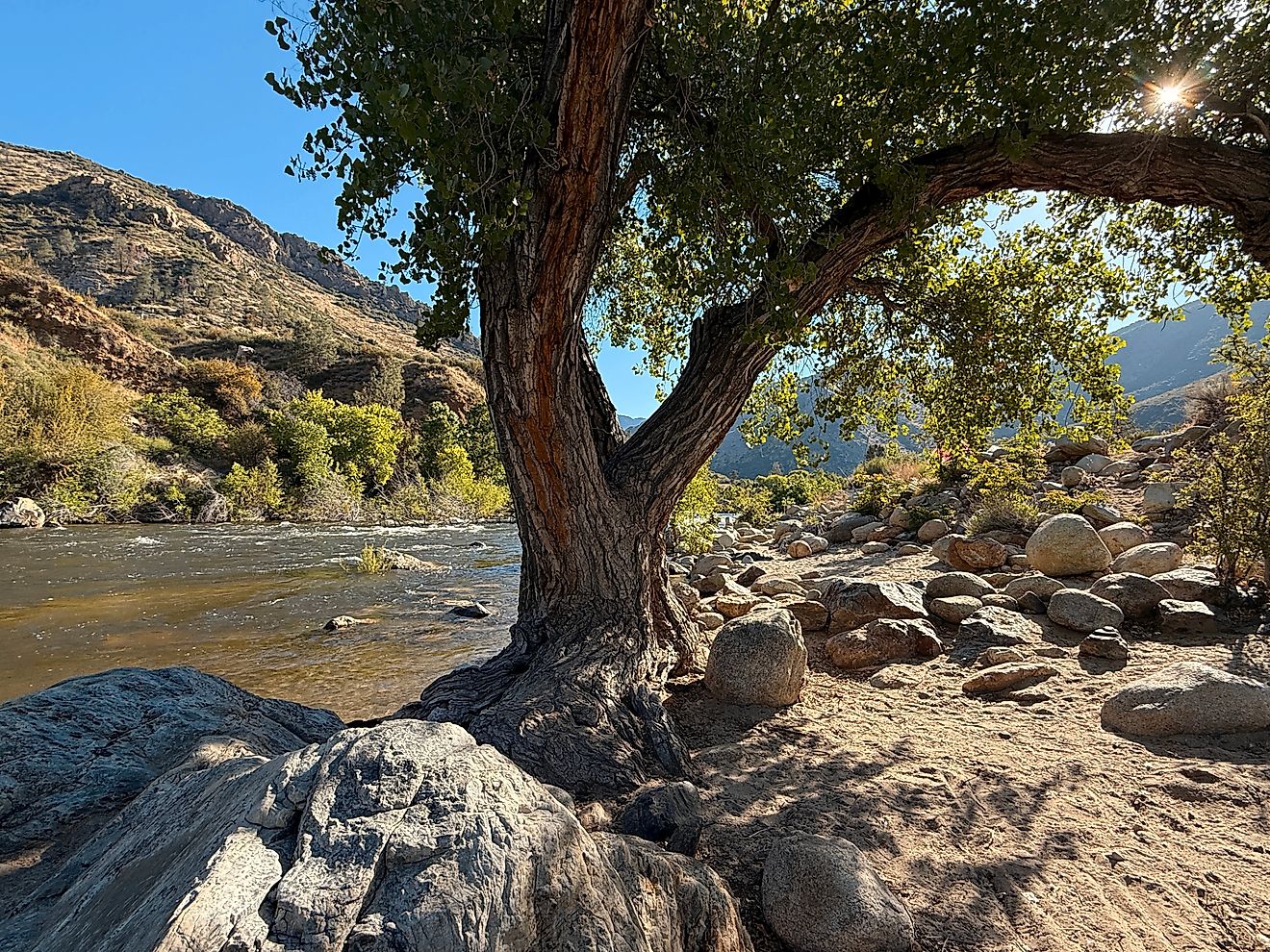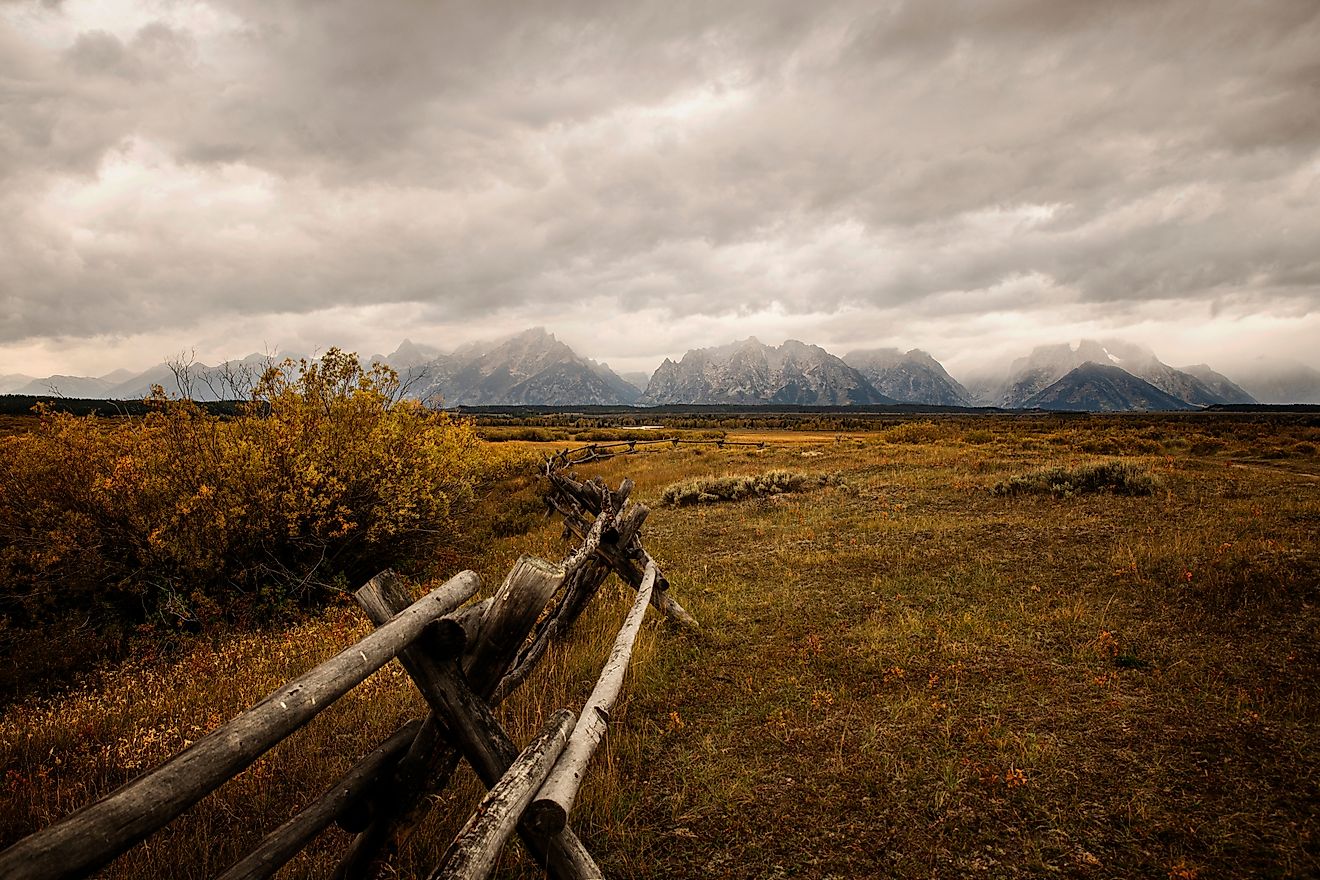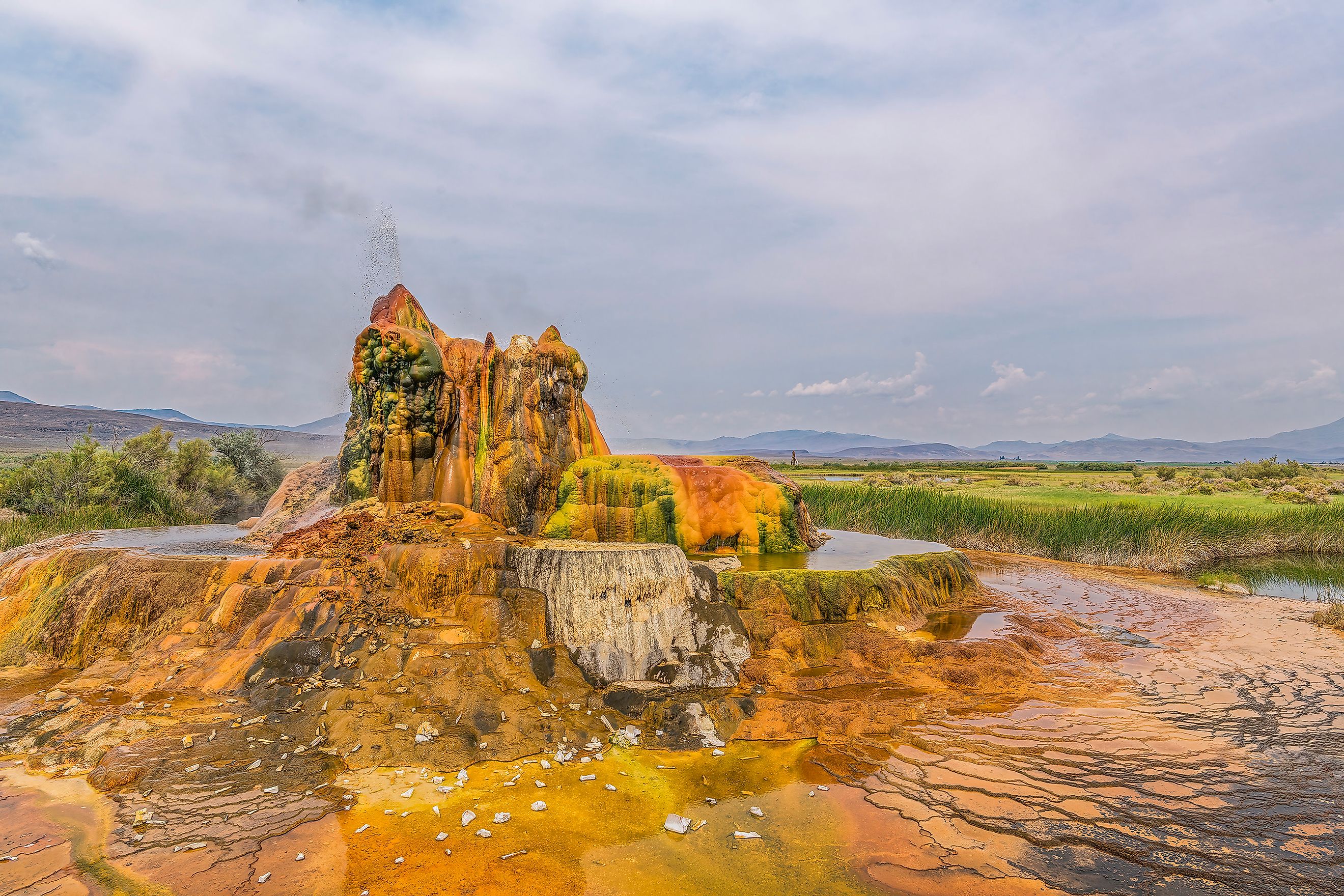
The Only Geysers in America Outside of Yellowstone
When most people think of geysers in the United States, Yellowstone National Park comes to mind. Home to more than half of the world’s active geysers, Yellowstone rightfully dominates the conversation. But what if there were other geysers scattered around the country? Ones bubbling, bursting, and steaming outside of this iconic park?
Although rare, geysers do exist beyond Yellowstone’s boundaries. These thermal oddities are few and far between, and each has its own unique character, geologic backstory, and regional flavor. Explore the only true geysers in America outside of Yellowstone and learn about the science that makes them tick, the stories behind them, and what you can expect if you visit.
Hot Creek Geyser, California
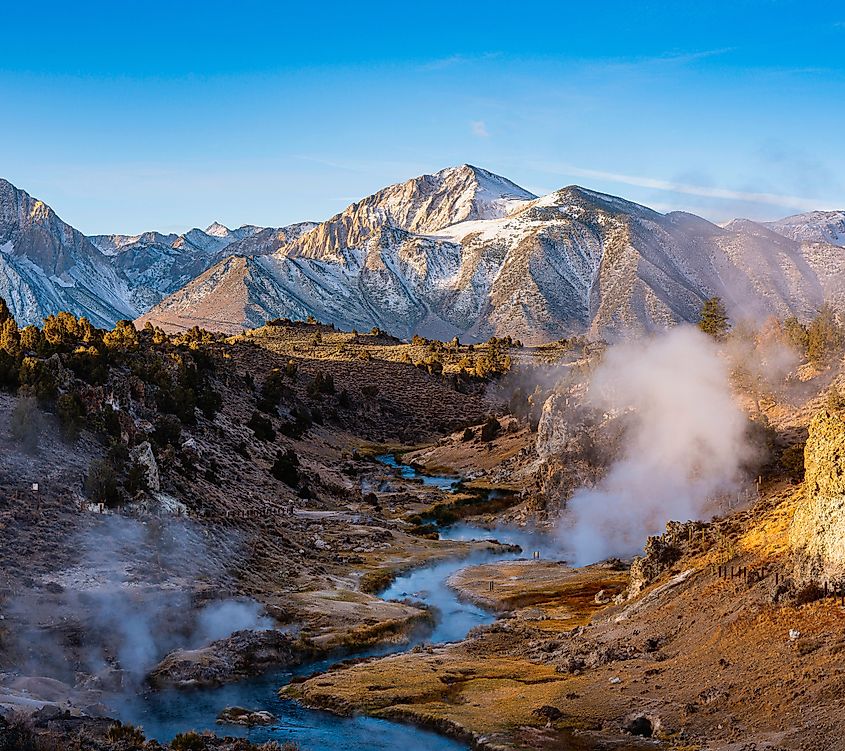
Location: Eastern Sierra Nevada, near Mammoth Lakes
Type: Geyser and hot spring system
Status: Intermittently eruptive
Public Access: Designated boardwalk and viewing areas
Hot Creek is a beautiful and dangerous geothermal site located within Hot Creek Geological Site in California’s Inyo National Forest. The creek runs through a high desert canyon, surrounded by rugged mountain peaks, and is punctuated by thermal springs, fumaroles, and the occasional geyser eruption.
While swimming used to be allowed here, the site was closed to water contact due to sudden, unpredictable geyser activity that could scald unsuspecting bathers. Eruptions can shoot water and steam several feet into the air with little warning.
What makes Hot Creek unique is its unpredictable nature. There are times when nothing happens for days, then a burst of pressure forces a boiling plume skyward. Unlike Yellowstone’s predictability, Hot Creek is wild and moody.
Visitors can explore safe boardwalks and viewing platforms to observe the area. Interpretive signs explain the geology and dangers of the site, making it a must-stop for geology buffs traveling near Mammoth Lakes.
Crystal Geyser, Utah
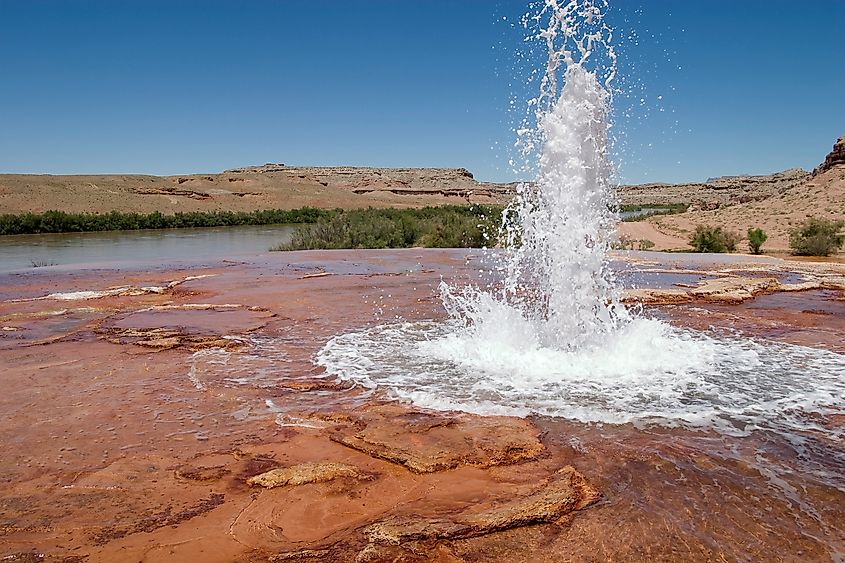
Location: Near Green River, Utah
Type: Cold-water carbon dioxide geyser
Status: Erupts every 8–22 hours
Public Access: Fully accessible
Crystal Geyser is one of the few “cold” geysers in the world. Instead of being driven by geothermal heat, its eruptions are powered by carbon dioxide gas. The geyser was accidentally created during oil exploration in the 1930s, when a drill punctured a naturally pressurized aquifer laced with CO₂.
Eruptions can reach heights of 30 to 80 feet and occur every 8 to 22 hours. The site has been studied by the U.S. Geological Survey and remains a rare example of a naturally driven cold-water geyser.
The mineral buildup around the vent is as spectacular as the eruption itself. Iron-rich waters have left behind orange and red travertine terraces that glow in the sun. Located along the Green River, this geyser is a popular stop for travelers heading toward Moab or Arches National Park.
Visitors can drive right up to the site, watch the geyser in action (if timed right), and walk along the mineral-streaked riverbank. While not hot, the water should still be treated with caution due to pressure bursts and mineral content.
Fly Ranch Geyser, Nevada
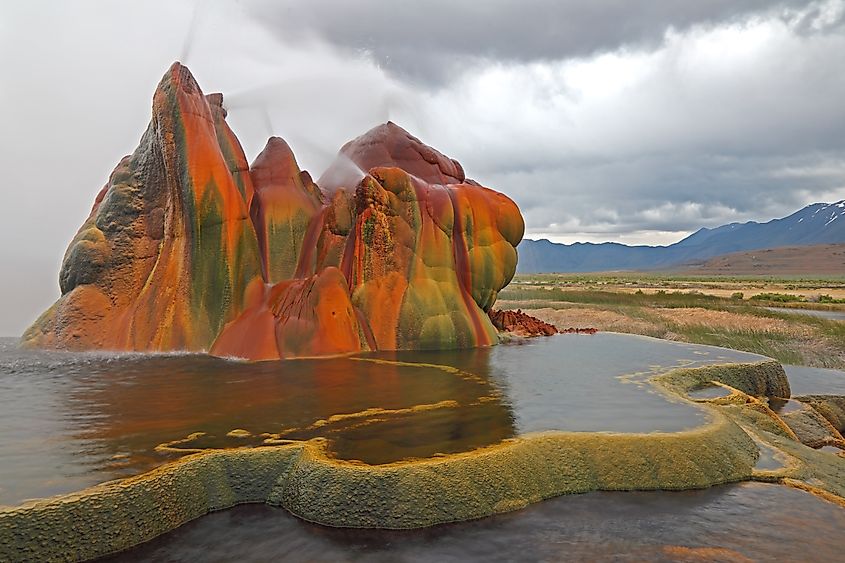
Location: Black Rock Desert, near Gerlach, Nevada
Type: Continuous geyser
Status: Constant flow of hot water and steam
Public Access: Private property (guided tours available through Fly Ranch)
Tucked away in the remote stretches of northern Nevada’s Black Rock Desert, Fly Ranch Geyser looks like something from another planet. Its alien-like formation, covered in vibrant hues of green, red, and orange, is not the result of natural processes alone. This geyser is partially manmade, the accidental product of drilling in the 1960s in search of geothermal energy. When workers hit a pocket of geothermally heated water, they capped the well, but pressure built up and eventually broke through, creating what is now one of the most colorful geothermal features in the country.
Fly Geyser constantly spouts a small stream of hot water, surrounded by calcium carbonate deposits that have grown into multi-tiered cones over the decades. The vivid colors come from thermophilic algae that thrive in the hot, mineral-rich environment. While it doesn’t erupt in dramatic bursts like some Yellowstone geysers, it still qualifies as a true geyser due to its continuous discharge of hot water powered by underground heat and pressure.
The geyser sits on private land owned by the Burning Man Project, which occasionally offers guided tours. Because of its delicate environment and restricted access, Fly Ranch Geyser has remained relatively undisturbed, offering visitors a chance to see a rare and surreal geothermal phenomenon far from any national park crowds.
Steamboat Hot Springs, Nevada
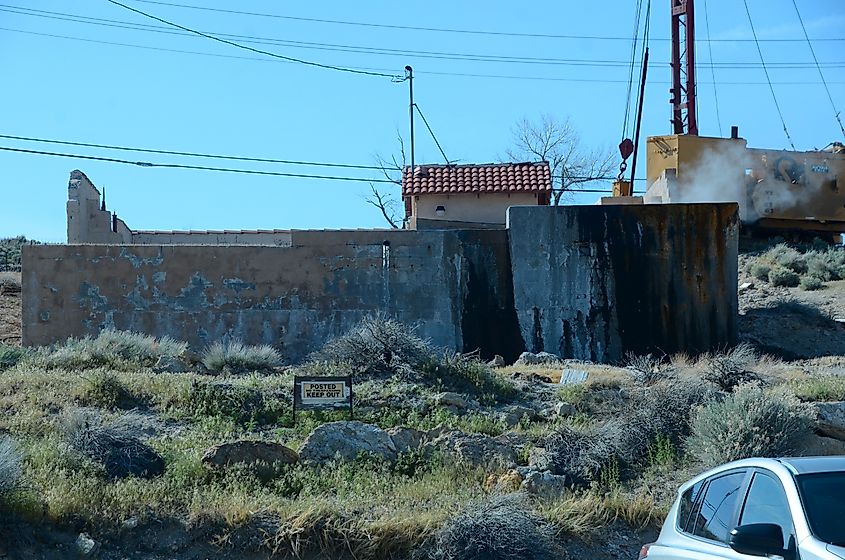
-
Location: South Reno, Nevada
-
Type: Former natural geyser and geothermal hot springs
-
Status: Dormant; geyser no longer active
-
Public Access: Public spa and wellness center
Nevada was once home to some of the tallest natural geysers in the country, including one at Steamboat Hot Springs in southern Reno. This geyser once surged nearly 70 feet into the air, making it one of the most impressive geothermal features in the world. The area featured about 20 smaller geysers and fumaroles, forming one of the largest geyser fields ever documented.
The Washoe, Northern Paiute, and Western Shoshone people revered these hot springs as sacred places long before Euro-American settlers arrived. In the late 1800s, Steamboat Hot Springs became a stagecoach stop and later developed into a wellness center and hotel. Visitors flocked to see the towering geyser and steam columns, which at times numbered between 60 and 70 across the field.
An earthquake in 1900 disrupted the underground system, ending the geyser’s spectacular eruptions. Later geothermal development, including tapping for energy production by Ormat in 1992, further altered the landscape, making a return of the geyser unlikely.
Today, Steamboat Hot Springs remains a public spa and wellness destination, offering visitors a chance to soak in its mineral-rich waters. While the dramatic geyser eruptions are a thing of the past, the site stands as a fascinating chapter in Nevada’s rich geothermal history and a reminder of the state’s powerful underground forces.
Beowawe Geyser Field, Nevada
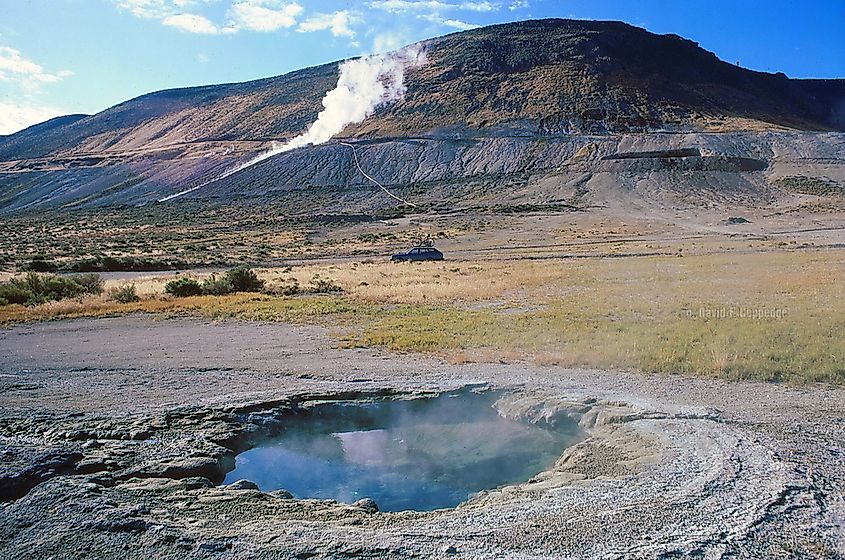
Location: Eureka County, Nevada
Type: Silica-depositing geysers and steam vents
Status: Mostly dormant due to geothermal interference
Public Access: Accessible via dirt roads
In central Nevada, the Beowawe Geyser Field once featured an array of geothermal wonders, including active geysers, steam vents, and colorful mineral terraces. Like many geyser fields outside Yellowstone, Beowawe’s activity decreased significantly after geothermal energy companies began tapping into the underground reservoirs.
While most geysers here are now dormant, the landscape still tells the story. Cone-shaped geyser mounds remain, along with brilliant mineral formations and steaming ground vents.
The site remains a geologic curiosity. Visitors report a stark, lunar-like landscape surrounded by desert mountains and a strong sulfur smell that reminds you this is still geologically alive, even if not visibly eruptive.
Beowawe is a reminder of how delicate geyser systems are. Human interference, even unintended, can permanently alter their behavior. This site is both a window into Earth’s power and a cautionary tale about resource extraction.
Why So Few?
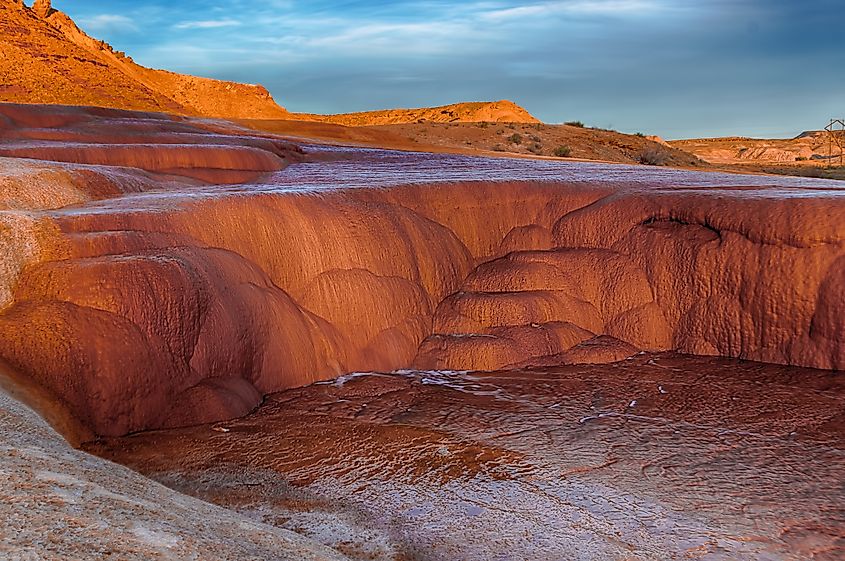
The United States is geologically diverse, with thousands of hot springs and thermal areas, yet geysers are extremely rare. Yellowstone sits atop a massive supervolcano, one of the most powerful geothermal hotspots on Earth. Its complex underground plumbing systems allow water to be heated, trapped, and explosively released.
Other areas may have geothermal heat, but they often lack the right underground structure. Cracks may be too wide to build pressure, or water may escape before it becomes superheated.
Human activity has also played a role. Many of the geysers outside Yellowstone have been disturbed or damaged by drilling. Some, like Crystal Geyser, were created by accident. Others, like Beowawe, have gone silent due to resource extraction. The balance needed for a natural geyser is fragile and not easily restored.
Conclusion: Geysers Beyond Yellowstone
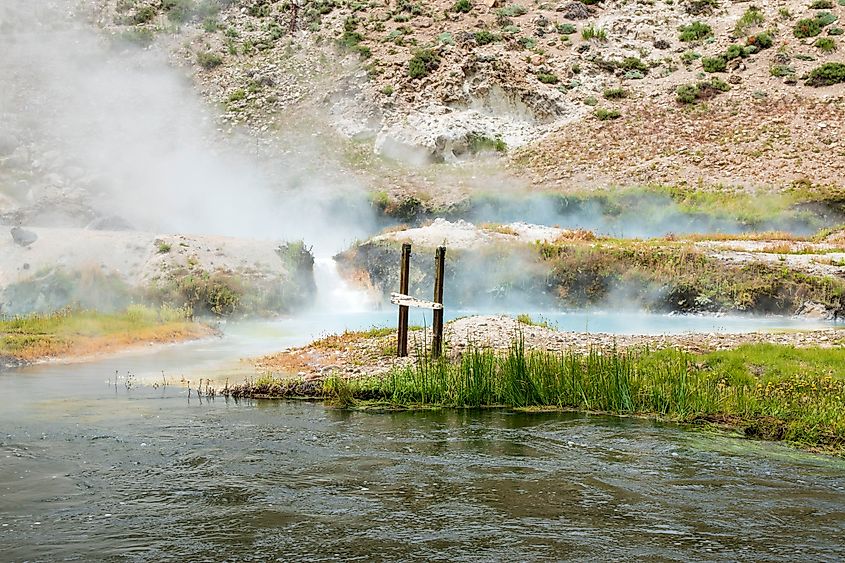
Yellowstone may be the geyser capital of the world, but it is not the only place in America where water shoots from the Earth in a dramatic display. From the cold eruptions of Utah’s Crystal Geyser to the wild unpredictability of Hot Creek, geysers beyond Yellowstone offer a fascinating look at the hidden thermal pulse beneath the surface of the United States.
Whether active, dormant, or bubbling just beneath the crust, these sites showcase the rare conditions needed to form a geyser. They are geological outliers, shaped by tectonic forces and powered by time. And while they may not draw the same crowds as Old Faithful, they deserve a place on any adventurer’s map.
Quick Reference Chart: Geysers Outside of Yellowstone
| Geyser Name | Location | Type | Eruption Frequency | Public Access |
|---|---|---|---|---|
| Crystal Geyser | Green River, Utah | Cold-water CO₂ geyser | Every 8–22 hours | Open to public |
| Hot Creek Geyser | Mammoth Lakes, CA | Geothermal spring/geyser | Unpredictable | Boardwalk access |
| Steamboat Hot Springs | Reno, NV | Dormant natural geysers | Inactive | Public spa and wellness center |
| Fly Ranch Geyser | Lake County, OR | Geothermal geyser | Constant | Private. Guided tours available |
| Beowawe Geyser Field | Eureka County, NV | Dormant silica geysers | Previously active | Dirt road access |
Let these bubbling pockets of geothermal energy remind you that Earth is still alive, still shifting, and still full of surprises, even outside Yellowstone.
